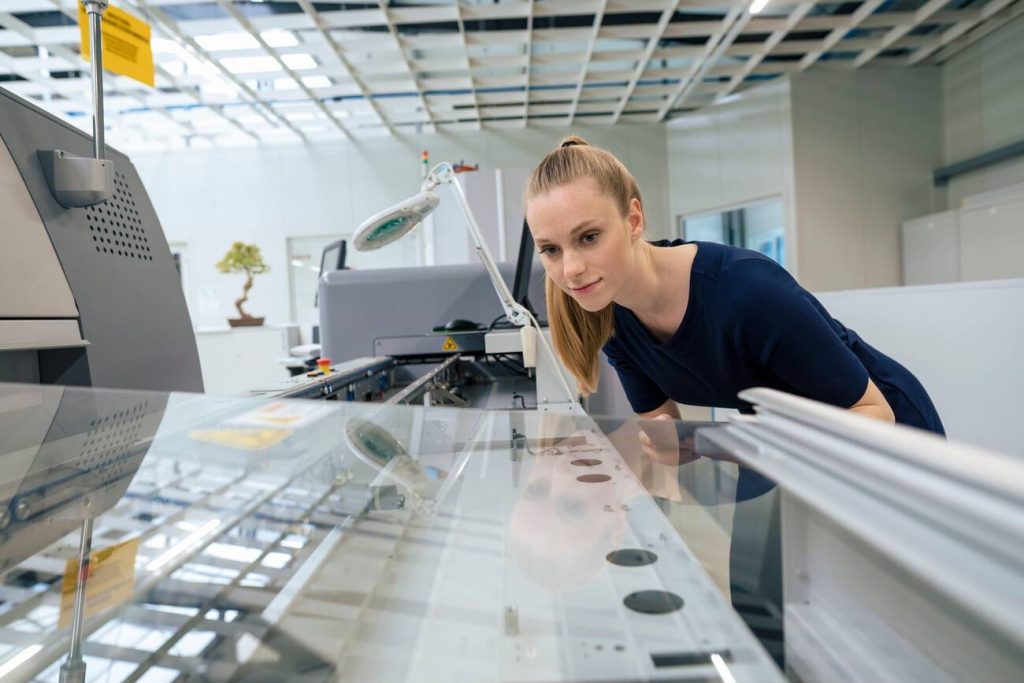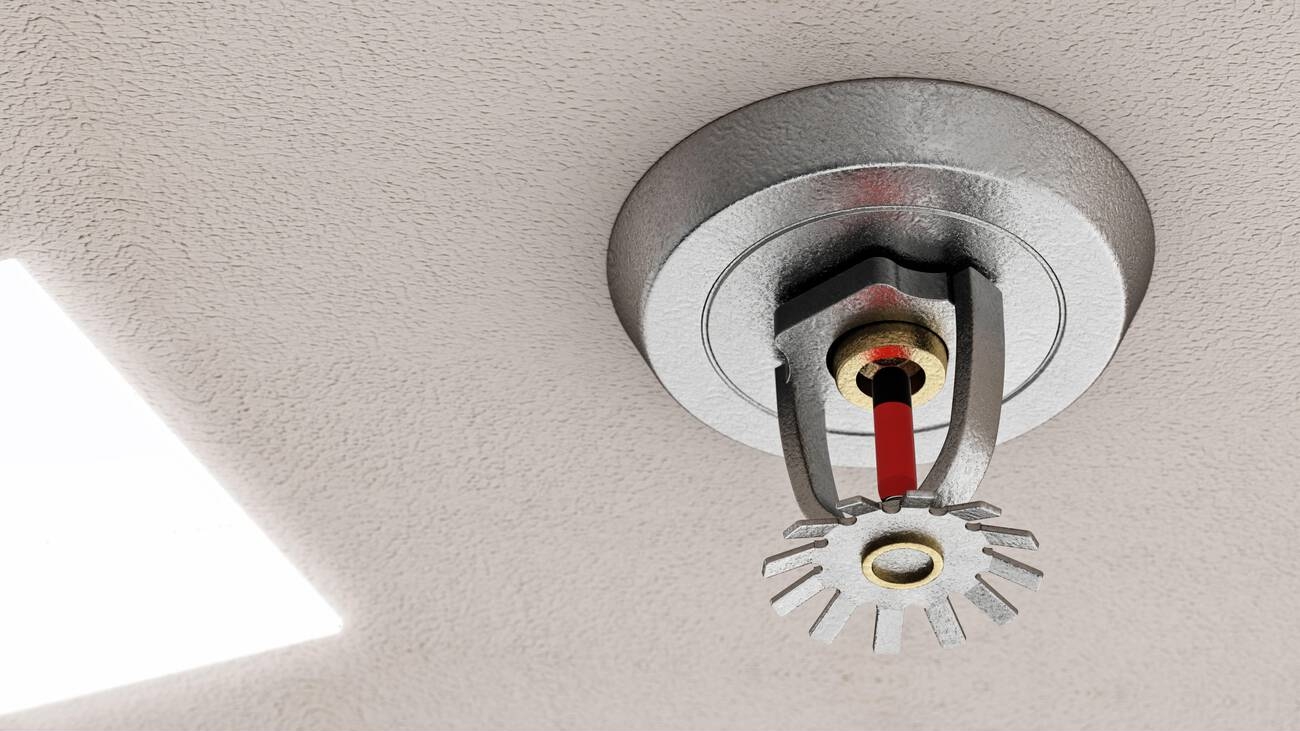Are you curious about 3D printing? Well, imagine this: You have an idea for a product, and within hours, you can hold a physical prototype in your hands. That’s the power of 3D printing. In this comprehensive overview, we’ll guide you through the basics of 3D printing and help you choose the right printer for your needs. We’ll also explore real-world examples of how this technology is revolutionizing industries like aerospace, automotive, and medicine. So get ready to dive into the exciting world of 3D printing!
The Basics of 3D Printing
In the basics of 3D printing, you’ll learn about the process of creating physical objects from digital designs by laying down thin layers of material. This technology is often referred to as additive manufacturing because it adds layer upon layer to build up the final product. For beginners, understanding different filament types is important. Filaments are the materials used in 3D printing and can include plastics, metals, or even ceramics. There are also many websites where you can find free 3D printing files to download and print on your own machine. By grasping these basic concepts and gaining knowledge of the different aspects of 3D printing, beginners can start exploring this exciting technology with confidence.
Choosing the Right 3D Printer
When choosing the right 3D printer, it’s important to consider your personal needs and preferences. One factor to consider is the type of filament used for printing. Different filaments offer different properties, such as strength or flexibility. If you’re looking for a printer specifically for kids, you may want to choose one that is safe and easy to use, with features like automatic bed leveling. Another consideration is whether you want a printer for personal use or for a larger-scale operation, like a printing farm. Additionally, it’s important to understand the different file types used in 3D printing and make sure that the printer you choose supports those file types. Finally, one popular type of 3D printing technology is FDM (Fused Deposition Modeling), which uses melted plastic filament to build objects layer by layer. Considering all these factors will help you find the right 3D printer that meets your specific needs.
Understanding RepRap Technology
To understand RepRap technology, you should familiarize yourself with the different control electronics options available for RepRap 3D printers. Here are the key things you need to know:
- RepRap uses an Arduino microcontroller at its heart, which provides the basic functionality for the printer.
- Custom 3D printer boards integrate Arduino functions and offer various options for customization.
- Popular control electronics options include RAMPS, RAMBo, Sanguinololu, Minitronics, RUMBA, ELEFU-RA, Prusa MINI, and Megatronics.
- The choice of control electronics components can greatly impact the functionality of your RepRap printer.
Understanding these different control electronics options will enable you to make informed decisions when setting up your own RepRap 3D printer. Whether you’re working with d printing files or exploring d printing ideas in construction or any other industry, having a good understanding of the control electronics is crucial to ensure optimal performance and avoid any potential issues in your 3D printing journey.
Exploring 3D Printer Control Electronics
If you want to explore the world of 3D printer control electronics, understanding the different options available is essential. When it comes to 3D printing, control electronics play a crucial role in ensuring the smooth operation of your printer. There are various options to choose from, including RAMPS, RAMBo, Sanguinololu, Minitronics, RUMBA, ELEFU-RA, Prusa MINI, and Megatronics. These components integrate with the Arduino microcontroller at the heart of RepRap technology. The choice of control electronics can greatly impact the functionality and performance of your 3D printer. Whether you’re looking for high-quality prints or exploring new ideas in healthcare or other industries, having a good understanding of these options will help you make informed decisions for your printing needs. Don’t forget to check out local suppliers for 3D printing filament near you as well as infill materials that suit your project requirements.
Assembling the RepRap Extruder
When assembling the RepRap extruder, make sure to carefully follow the instructions and select the extruder type that best suits your needs. Here are four key considerations for assembling the RepRap extruder:
- Choose the right extruder type: Consider options like geared, hobbed, Bowden, syringe, and multi-color extruders. Each type offers different advantages and is suitable for specific applications such as d printing in healthcare or d printing in dentistry.
- Select the appropriate hot-end: The hot-end is responsible for melting and depositing the plastic filament. Make sure to choose a hot-end that is compatible with your chosen extruder type.
- Explore dual extrusion capabilities: If you need to print complex objects with soluble support material, consider a dual extruder setup.
- Research local suppliers: Look for reliable sources of d printing filament near you to ensure easy availability of materials like infill for your prints.
Upgrading Your RepRap Printer
Now that you have assembled your RepRap extruder, it’s time to explore some exciting upgrades for your 3D printer. Upgrading your printer opens up a world of possibilities and allows you to expand the capabilities of your machine.
One popular upgrade is the ability to 3D print fishing lures. With the right design and materials, you can create custom lures that are tailored to specific fishing conditions.
Another great upgrade is the ability to 3D print images with your printer. By using specialized software, you can convert images into printable files and bring them to life in three dimensions.
You can also experiment with different infill patterns to enhance the strength and durability of your prints. Infill refers to the internal structure of a printed object, and by choosing different infill patterns, such as honeycomb or gyroid, you can optimize strength while minimizing material usage.
Additionally, there is an intriguing technique called “ironing” that smooths out the top surface of a print for a more professional finish. This technique involves melting and flattening the top layer of filament using heat from the nozzle.
These are just a few ideas for beginners looking to explore new possibilities with their 3D printer. Upgrading your RepRap printer allows you to unleash your creativity and take your printing skills to new heights.
Software and Calibration for 3D Printing
To achieve accurate and high-quality prints, you need to identify the right 3D printer software and carefully calibrate your machine. Here are four important steps to consider:
- Choose the right software: Look for software that is compatible with your 3D printer model and offers features you need, such as support for complex designs or compatibility with specific materials like food-grade materials approved by the FDA.
- Set up proper calibration: Calibrating your 3D printer ensures that it accurately positions its printhead and extrudes the correct amount of filament. This step is crucial for achieving precise dimensions and avoiding errors in your prints.
- Test print objects: Before printing more complex designs, start with simple test objects to check for any issues or inconsistencies in your printer’s performance. It will help you identify areas that may require further calibration or adjustments.
- Experiment with different settings: Take advantage of the customization options within your chosen software to optimize print quality. Adjust parameters such as layer height, print speed, temperature, and infill density to find the best settings for your specific needs.
Benefits and Applications of 3D Printing
You can explore the various benefits and applications of 3D printing in industries like aerospace, automotive, medical, rail, robotics, and additive manufacturing. In the aerospace industry, 3D printing has revolutionized the production process by allowing for the creation of complex parts with reduced weight and improved performance. Car manufacturers are using 3D printing to prototype new designs and create customized components. In the medical field, 3D printing is being used to create patient-specific implants and prosthetics. Additionally, 3D printing has even reached space with projects like NASA’s Made In Space initiative which aims to develop a fully functional 3D printer for use on the International Space Station. The possibilities for 3D printing are endless and continue to expand as technology advances.
Real-World Examples of 3D Printing
3D printing has been used in various industries such as aerospace, automotive, medical, and even space exploration. Here are some real-world examples of how 3D printing is being applied:
- Automotive: Car manufacturers like Ford and BMW are using 3D printing to create prototypes of new vehicle designs and parts. This allows them to test different iterations quickly and cost-effectively.
- Medical: Doctors are utilizing 3D printing to create personalized implants and prosthetics for patients. This technology enables custom-fit solutions that improve patient outcomes and comfort.
- Aerospace: NASA has been using 3D printing to manufacture components for spacecraft, including rocket engines. This reduces the weight of the parts and increases efficiency.
- Fashion: Designers like Iris van Herpen have embraced 3D printing to create avant-garde fashion pieces with intricate details that would be impossible to achieve through traditional manufacturing methods.
These examples highlight the versatility and potential impact of 3D printing across various industries.
Inventory Management in the Age of 3D Printing
Now that you have learned about real-world examples of 3D printing, let’s explore how this technology affects inventory management. In the age of 3D printing, traditional manufacturing processes may be disrupted as companies shift towards on-demand production. This means that inventory levels can be reduced as products are manufactured only when they are needed. With 3D printing, companies can minimize the costs associated with holding excess inventory and the risk of obsolescence. Additionally, customization becomes easier as products can be tailored to individual customer needs without requiring a large inventory of different variations. However, it is important to note that 3D printing is not suitable for all types of products and industries. Analyzing demand patterns and understanding the limitations and capabilities of 3D printing technology are crucial for effective inventory management in this new era.
| Traditional Manufacturing | Inventory Management in the Age of 3D Printing |
|---|---|
| High inventory levels | Reduced inventory levels |
| Risk of obsolescence | On-demand production |
| Limited customization | Tailored products |
| Longer lead times | Faster production turnaround |



